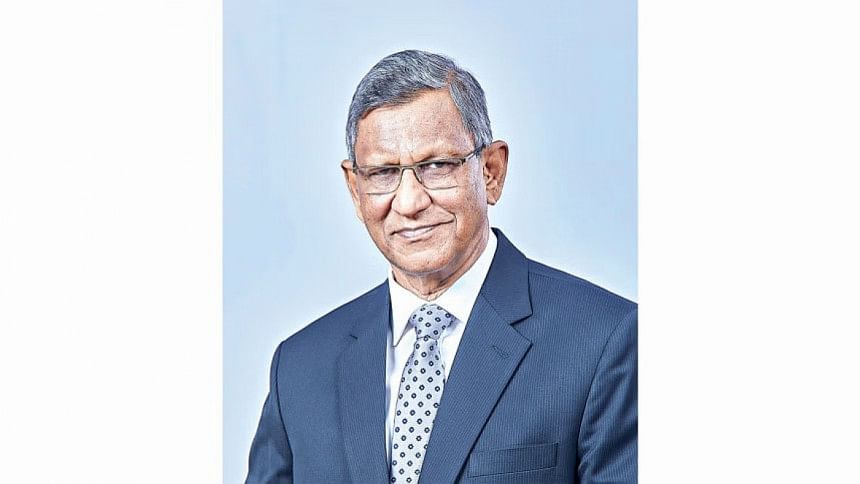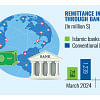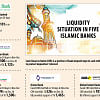Why five Islamic banks should not be merged

The prospect of five Islamic banks in Bangladesh being merged into one "New Bank" has raised a general concern over whether such a move is the most effective solution to their problems. Merger memories exist in our banking history. My central argument is that restructuring each bank individually offers a more sustainable path forward.
Looking back through my institutional memory, the creation of Rupali Bank in 1972 was a result of the Liberation War, with three Pakistani banks combined into one organisation. At the time, I served as a mid-level officer in the managing director's secretariat. In hindsight, the merger was disorderly, ad hoc and without a proper long-term plan.
The loan portfolio was about Tk 80 crore (USD 1 = Tk 4.76), with 159 branches and 2,000 staff.
The merger happened without a structured assessment of the three banks' asset quality, which led to an unstable loan portfolio. Senior leaders from all three institutions, regardless of their track records, were placed under one governance framework. Many did not have the shared understanding needed to function as a cohesive leadership team.
There was no alignment in processes between the three units. Their differing work ethics and organisational cultures caused friction and poor decision-making. This disorderly start hampered the bank's evolution into a sustainable institution.
With that institutional memory still vivid, let us consider the implications of a mega-merger into a New Bank. If Social Islami Bank, First Security Islami Bank, Union Bank, Global Islami Bank and EXIM Bank were merged, their combined deposit base would be Tk 153,000 crore, with investments totalling Tk 192,000 crore. Their non-performing loan (NPL) rates range from 46 to 97 percent, with a weighted average of 73 percent. These five banks collectively employ about 18,500 people across 1,465 branches and sub-branches, along with 500 agent outlets.
They currently operate under three different core banking systems and have distinct operational guidelines, service rules and financial products. Although all follow Shariah-based banking, their interpretations and practices vary. Merging five weak banks will not necessarily result in one strong bank. On the contrary, it could raise systemic risks and increase pressure on the Bangladesh Bank to support an even larger and more fragile institution.
Such a merger could also give rise to a moral hazard. The New Bank would be a fresh legal entity. This could potentially erase the track record of misconduct, setting a dangerous precedent and sending the wrong signal that fraud can be absorbed into a larger system without consequences.
Governance and accountability in the New Bank could be paralysed. Each of the five banks has suffered from dishonest acts by past owners. Fraud was committed through deceitful lending, nepotism, misreporting, regulatory breaches and board-level collusion. These wrongdoings differ in each institution.
A more effective solution would be a strategic, phased restructuring of each bank. This could begin with the appointment of a "Turnaround Management Team" for each institution, operating under the oversight of the Bangladesh Bank. The next step would involve reforming the Shariah Board, bearing in mind that members without backgrounds in banking and finance may lack the risk awareness needed. With support from forensic auditors, past misconduct should be thoroughly investigated, and perpetrators brought to justice.
In conclusion, a mega-merger may provide short-term political or face-saving gains, but it carries the risk of market instability, systemic failure and public mistrust. A more prudent course is to restructure each bank independently, allowing their boards and management to play active roles and be held accountable for performance.
The writer is a former banker

 For all latest news, follow The Daily Star's Google News channel.
For all latest news, follow The Daily Star's Google News channel. 








Comments